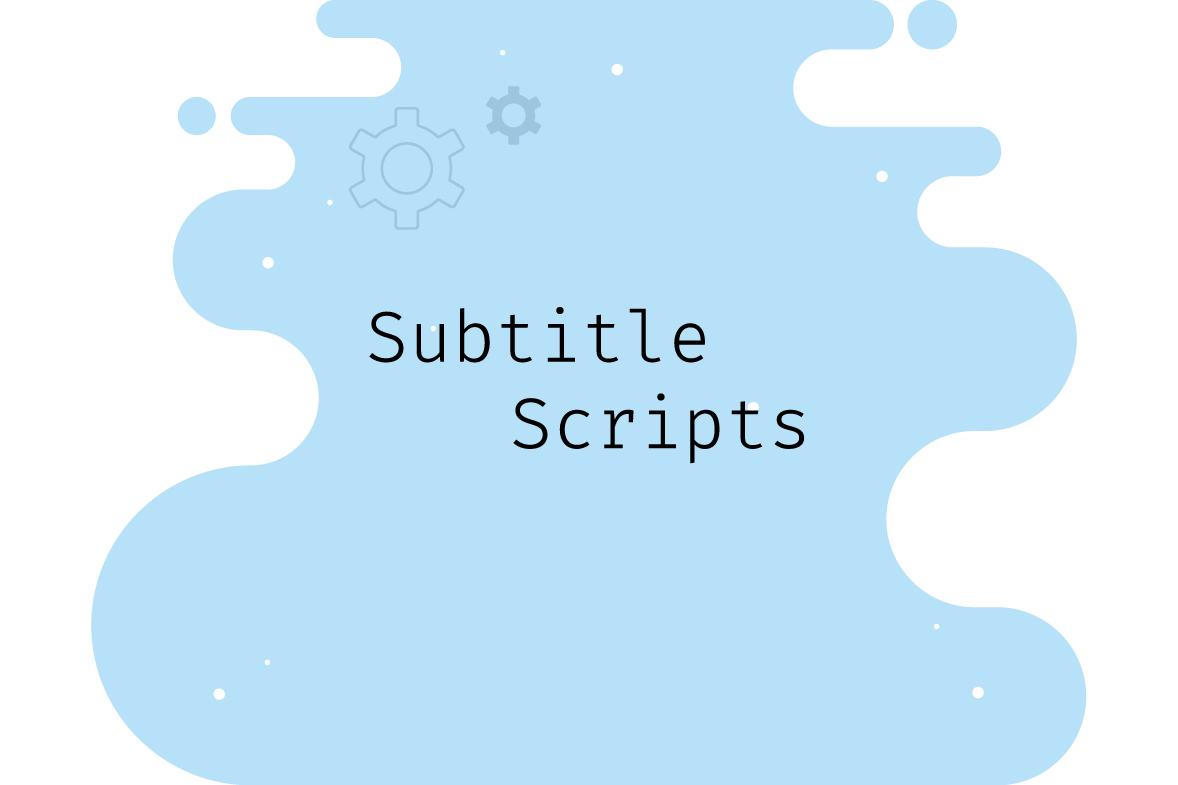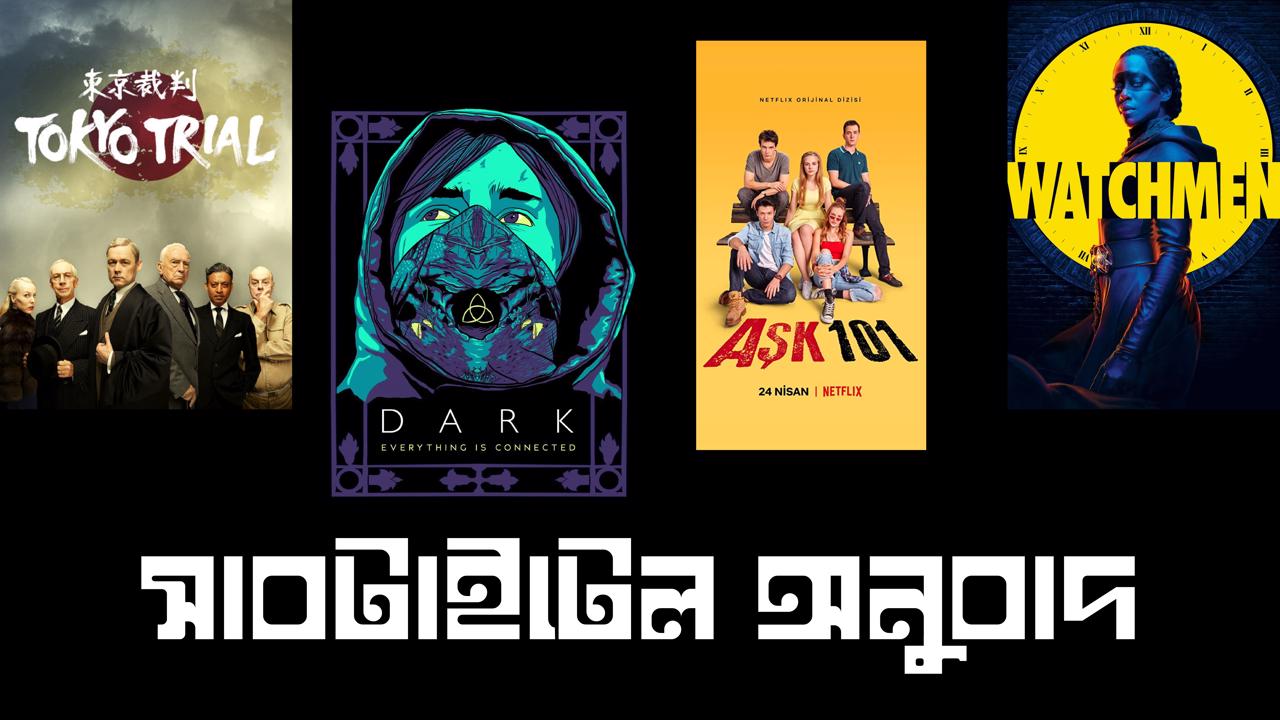Who am I ?
Officially tagged as Fahimul Hoque Shubho. I am currently pursuing my Master's degree in Computer Science and Engineering, specializing in Intelligent Systems, at North South University. I also have a Bachelor's degree in Computer Science and Engineering, specializing in Artificial Intelligence, from the same institution.
What i'm doing nowadays
-
Research
Computer Vision, Zero-shot Learning
-
Artificial Intelligence
Machine Learning, Deep Learning
-
Automation
Automation of different tasks using Python
-
Gaming
Valorant, Euro Truck Simulator 2























